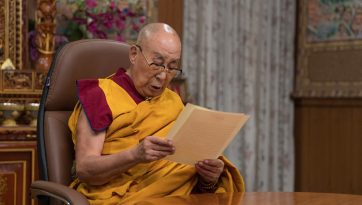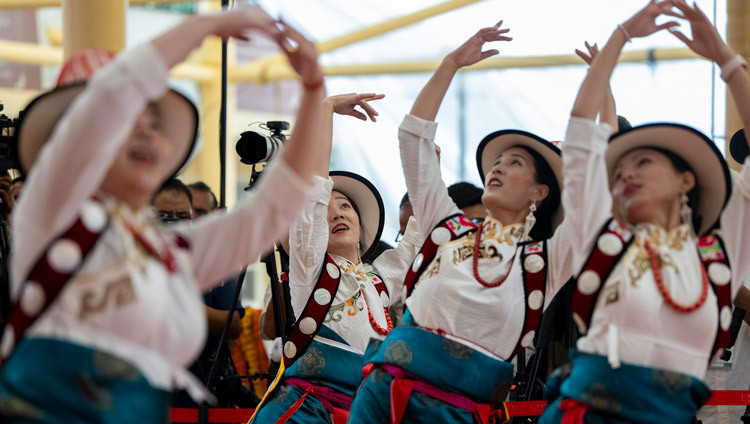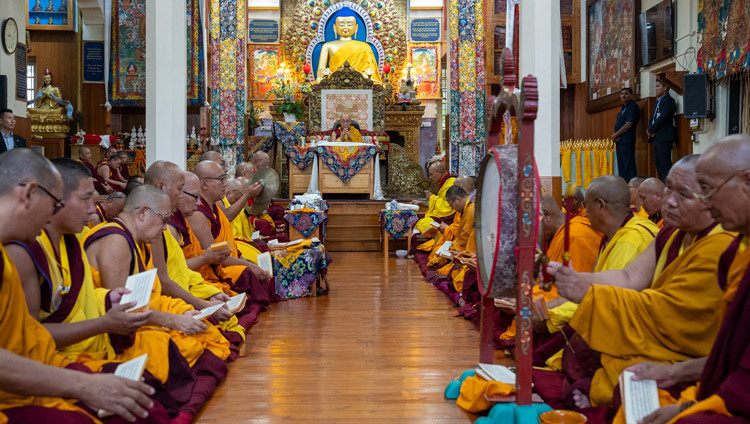I. INTRODUCTION
Since the renewal of direct contact with the Central Government of the People’s Republic of China (PRC) in 2002, extensive discussions have been held between the envoys of His Holiness the 14th Dalai Lama and representatives of the Central Government. In these discussions we have put forth clearly the aspirations of Tibetans. The essence of the Middle Way Approach is to secure genuine autonomy for the Tibetan people within the scope of the Constitution of the PRC. This is of mutual benefit and based on the long-term interest of both the Tibetan and Chinese peoples. We remain firmly committed not to seek separation or independence. We are seeking a solution to the Tibetan problem through genuine autonomy, which is compatible with the principles on autonomy in the Constitution of the People’s Republic of China (PRC). The protection and development of the unique Tibetan identity in all its aspects serves the larger interest of humanity in general and those of the Tibetan and Chinese people in particular.
During the seventh round of talks in Beijing on 1 and 2 July 2008, the Vice Chairman of the Chinese People’s Political Consultative Conference and the Minister of the Central United Front Work Department, Mr. Du Qinglin, explicitly invited suggestions from His Holiness the Dalai Lama for the stability and development of Tibet. The Executive Vice Minister of the Central United Front Work Department, Mr. Zhu Weiqun, further said they would like to hear our views on the degree or form of autonomy we are seeking as well as on all aspects of regional autonomy within the scope of the Constitution of the PRC.
Accordingly, this memorandum puts forth our position on genuine autonomy and how the specific needs of the Tibetan nationality for autonomy and self-government can be met through application of the principles on autonomy of the Constitution of the People’s Republic of China, as we understand them. On this basis, His Holiness the Dalai Lama is confident that the basic needs of the Tibetan nationality can be met through genuine autonomy within the PRC.
The PRC is a multi-national state, and as in many other parts of the world, it seeks to resolve the nationality question through autonomy and the self-government of the minority nationalities. The Constitution of the PRC contains fundamental principles on autonomy and self-government whose objectives are compatible with the needs and aspirations of the Tibetans. Regional national autonomy is aimed at opposing both the oppression and the separation of nationalities by rejecting both Han Chauvinism and local nationalism. It is intended to ensure the protection of the culture and the identity of minority nationalities by powering them to become masters of their own affairs.
To a very considerable extent Tibetan needs can be met within the constitutional principles on autonomy, as we understand them. On several points, the Constitution gives significant discretionary powers to state organs in the decision-making and on the operation of the system of autonomy. These discretionary powers can be exercised to facilitate genuine autonomy for Tibetans in ways that would respond to the uniqueness of the Tibetan situation. In implementing these principles, legislation relevant to autonomy may consequently need to be reviewed or amended to respond to the specific characteristics and needs of the Tibetan nationality. Given good will on both sides, outstanding problems can be resolved within the constitutional principles on autonomy. In this way national unity and stability and harmonious relations between the Tibetan and other nationalities will be established.




